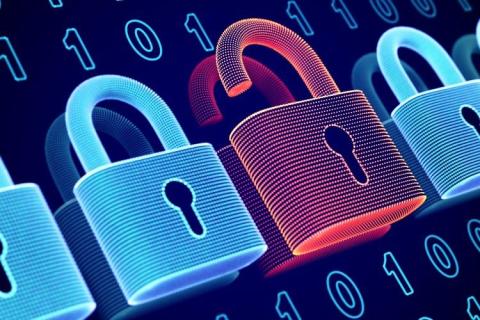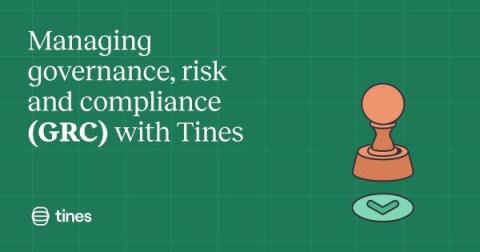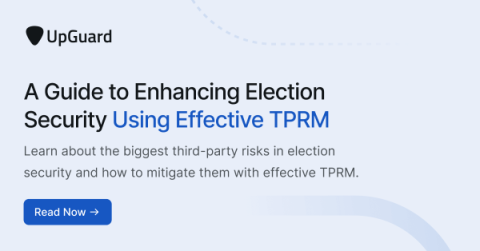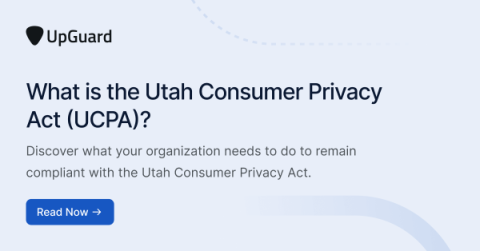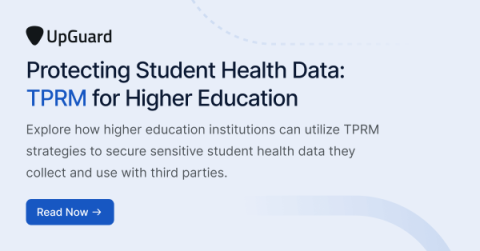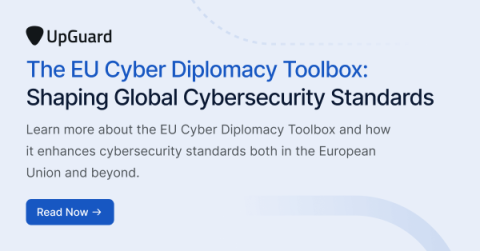Addressing Cybersecurity Risks in B2B Transactions: Best Practices and Solutions
In today's digital era, cybersecurity has become a cornerstone of business stability and trust, particularly in business-to-business (B2B) transactions. As companies increasingly rely on digital platforms to conduct operations, the importance of safeguarding sensitive data against cyber threats cannot be overstated. This article explores the best practices and solutions for enhancing cybersecurity measures within B2B contexts.


